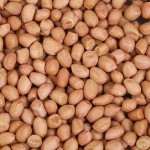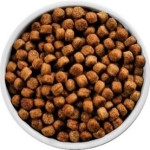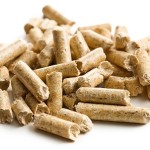Question- HOW CAN I SELECT A PNEUMATIC CONVEYING SYSTEM FOR MY FRAGILE/FRIABLE MATERIAL?
Answer- Any fragile material will suffer product degradation in a pneumatic conveying system. The object is to minimize the degradation as much as possible. Product degradation is caused by impacts (with bends and deflectors) and shearing – caused by interaction with the walls of the pipe. The nature of the flow pattern and the material velocity are key factors.
Dilute phase conveying is clearly unsuitable due to very high velocities (40-60 ft. /s) and the material suspended in the air stream.
Dense Phase conveying offers different flow patterns and lower velocities. Slug flow (so called because the material is conveyed via a series of compact slugs) typically has velocities in the range of 4-10 ft. /s range. Conveying at these velocities will greatly reduce impact breakage. Moreover, only the material in contact with the pipe walls will suffer shearing degradation – the majority of the material will be contained inside the slug in a very stable condition. Slug flow conveying will produce very low levels of degradation depending on the product being conveyed.
It is possible to achieve even lower velocities via a flow pattern called solid dense phase which relies on the pipe line being 80-90% full of material. A vessel full of material will then enter the pipe line and be conveyed only a few feet. A corresponding volume of product will be discharged at the delivery end of the pipe. Material is “pushed” rather than conveyed and velocities of 1-2 ft. /s can be achieved. This type of conveying is restricted to mono sized round particles such as peanuts.
Whatever type of pneumatic conveying is selected it is essential that the user request full scale conveying tests from the vendor. These tests should be attended by the purchaser with before and after conveying samples taken to confirm that the level of degradation is within acceptable limits.
Author: Bell, John, Macawber Engineering, Inc.
Check out Powder and Bulk Engineering’s forthcoming issue on their website https://www.powderbulk.com/






 by
by 
















